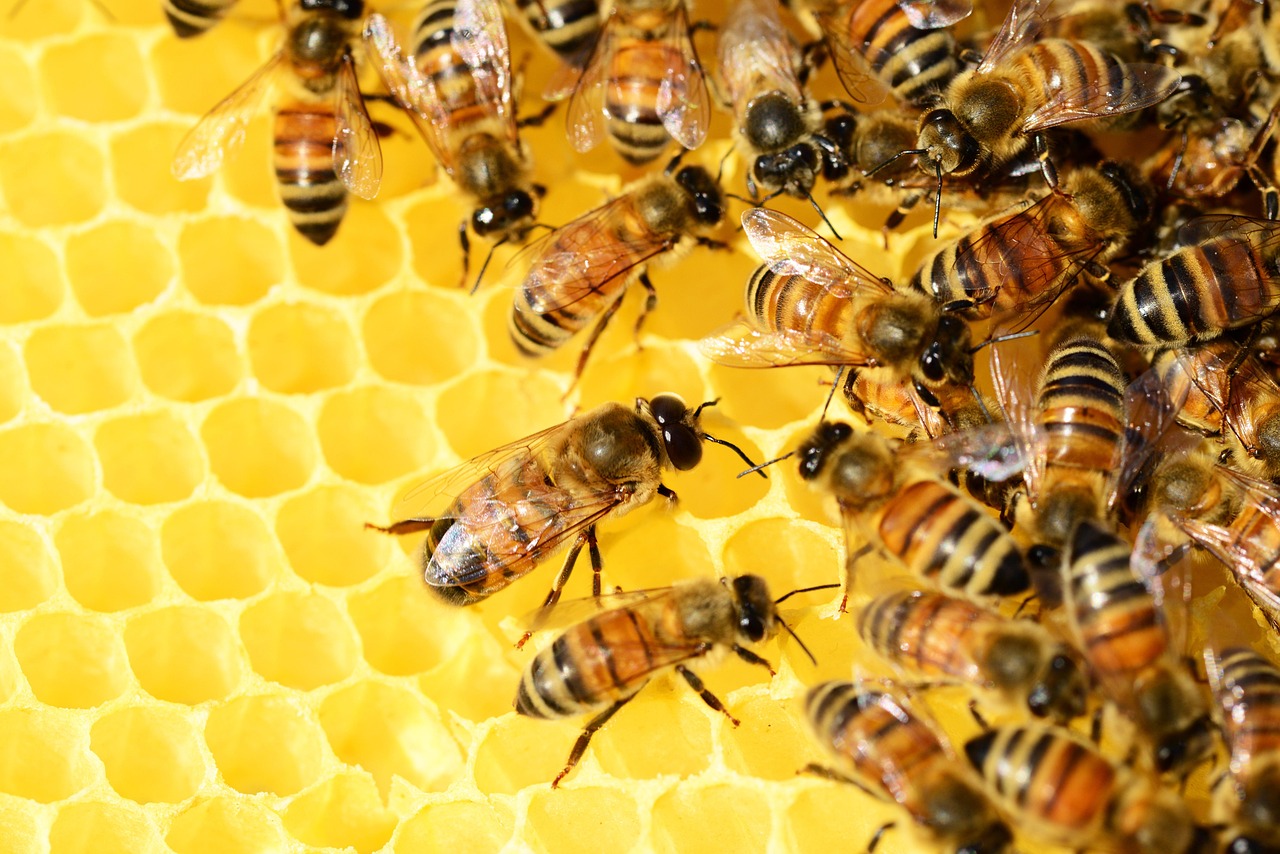
ΑΙhub.org
How AI can help protect bees from dangerous parasites

By Farnaz Sheikhi, University of Calgary and Farhad Maleki, University of Calgary
Tiny but mighty, honeybees play a crucial role in our ecosystems, pollinating various plants and crops. They also support the economy. These small producers contribute billions of dollars to Canada’s agriculture industry, making Canada a major honey producer.
However, in the winter of 2024, Canada’s honey industry faced a severe collapse. Canada lost more than one-third of its beehives, primarily due to the widespread infestation of Varroa mites.
Traditional methods for controlling these parasites now seem less effective, and the industry needs a transition to smart beekeeping if it is to survive.
We are currently conducting research to develop a non-invasive and sustainable method for the early detection of Varroa mites. Our proposed approach uses artificial intelligence (AI) to analyze images from beehives, automatically classifying them based on the presence of Varroa mites and the level of infestation.
Varroa infestations
Varroa mites are tiny parasites that attach to honeybees, feed on their body tissue and transmit viruses throughout the colony. Over the years, these parasites have developed resistance to the traditional control methods, necessitating more aggressive treatments. However, these treatments can endanger the health of honeybees.
The Prairie provinces — Alberta, Saskatchewan and Manitoba — are Canada’s top honey-producing regions, with Alberta alone contributing almost 40 per cent of the country’s total honey production.
Canada lost an average of 34.6 per cent of its bee colonies in the winter of 2024 — 2.4 per cent more than the loss of the previous year. The winter losses across Canada ranged from 9.8 per cent in Newfoundland and Labrador to 61.3 per cent on Prince Edward Island. In the Prairie provinces, colony losses reached almost 40 per cent.
Investigations reported that Varroa mite infestations were a key contributing factor causing the devastation.
Economic impact on Canada
Winter 2024 losses had a devastating effect on Canada’s beekeepers. The high cost of honeybees as well as the intensive labour and time needed to rebuild hives make them difficult to replace.
Within a stable environment and a thriving industry, increased investment yields higher returns. In 2023, the number of beekeepers and bee colonies in Canada increased by 3.29 per cent and 2.4 per cent, respectively.
Yet, in 2024, Canada experienced an 18.3 per cent decrease in honey production. The total national value of the harvest declined by 24.5 per cent, dropping from from $283 million in 2023 to $214 million. The Prairie provinces were hit hardest; the value of honey solely produced in Alberta fell from $100 million in 2023 to $75 million in 2024.
Limitations of current monitoring methods
Preventing mites requires frequent hive monitoring. Although timely detection is critical for treating hives, manual inspection is time-consuming and labour-intensive. Furthermore, frequent manual monitoring can pose risks to the health and well-being of honeybees.
Alcohol washes, sugar shakes and using sticky boards are among the methods for Varroa mites monitoring. In a typical alcohol wash test, about 300 bees per colony are sampled. These bees are washed in rubbing alcohol. Then, they are shaken rigorously to check for Varroa mites. The problem with this method is that all the bees tested die in the process.
While other methods, such as the sugar shake and using sticky boards, do not kill the bees tested, they deliver limited results and are not always as accurate.
This makes none of the current methods ideal; each involves a trade-off between invasiveness and accuracy. And given that testing must be done frequently, they all pose risks to the health of honeybees themselves. So what’s the solution?
Using AI to detect Varroa mites
There is an urgent need for the beekeeping industry to evolve to help prevent further losses and support the resilience of bee populations. Climate change and resistance of mites to traditional treatments are environmental alarms demanding a change in our beekeeping approaches.
This is where artificial intelligence comes in. Using imaging systems, sensors embedded in hives, image-processing techniques and AI, researchers are now able to continuously collect and analyze hive data to detect Varroa mites.
In this approach, a camera is placed inside the beehive brood box to capture images of the honeybees. These images are then transmitted via Wi-Fi or Bluetooth for storage and analysis.
A neural network can be trained on the collected images — first to detect bees using object-detection algorithms, and then to identify Varroa mites on the bees through colour transformation techniques. Once mites are detected, their number within the hive can be automatically counted.
Using this technology, beekeepers can benefit from automatic monitoring of the hives. When the level of infestation is specified by the system, it can also recommend effective treatments for hives. This way, Varroa mites can be detected and treated at an early stage, allowing hives to survive the winter more smoothly.
Transitioning to smart beekeeping is a strategic solution that is non-invasive and environmentally friendly, cost-effective and profitable in the long term. The good news is that researchers at the University of Calgary and beekeepers are already working together to make this happen and preserve the sweetness of honey across our land.![]()
Farnaz Sheikhi, Postdoctoral Associate in Computer Vision, University of Calgary and Farhad Maleki, Assistant Professor, Department of Computer Science, University of Calgary
This article is republished from The Conversation under a Creative Commons license. Read the original article.









